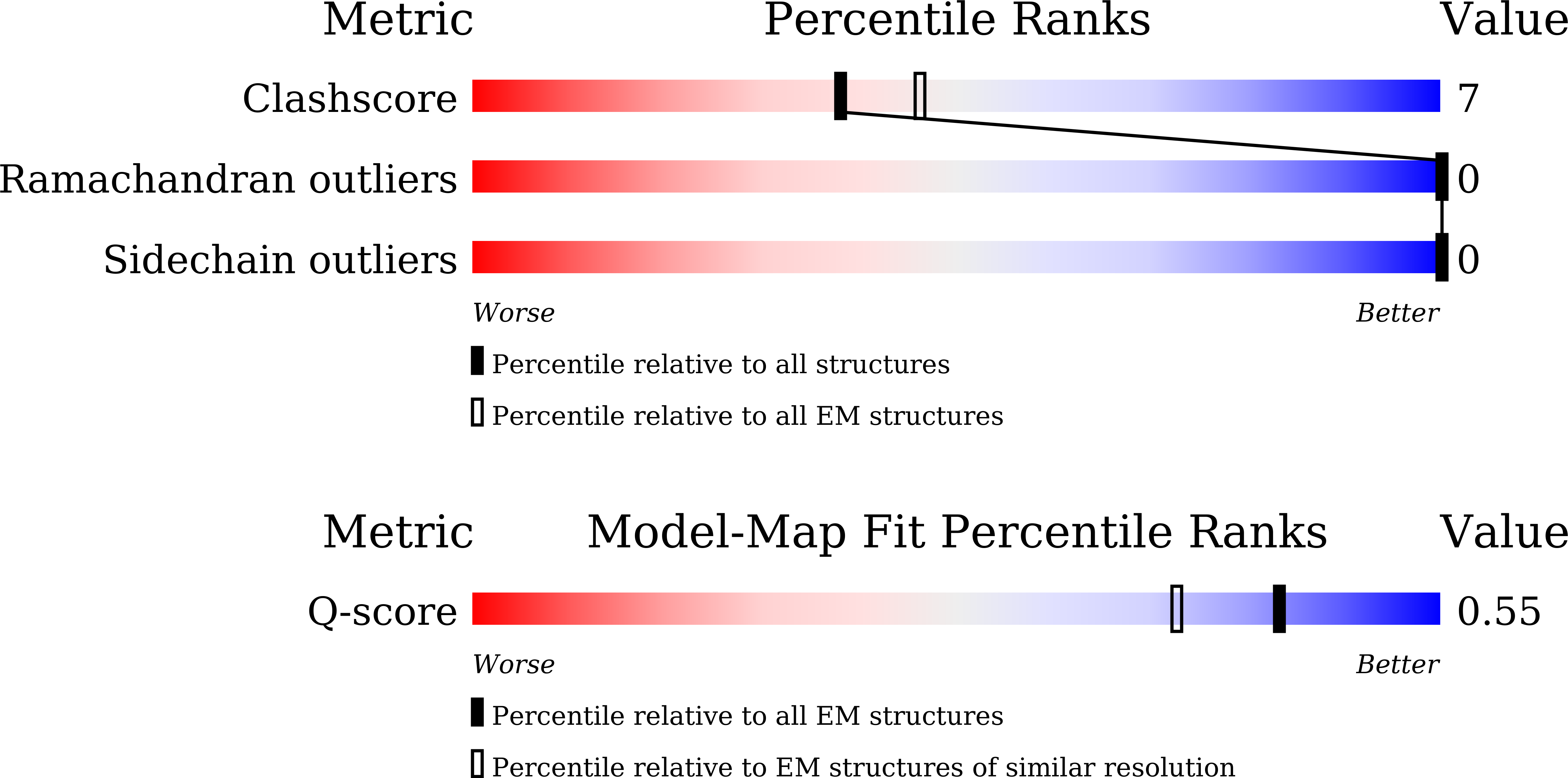
Deposition Date
2025-04-03
Release Date
2025-10-29
Last Version Date
2025-11-05
Entry Detail
Biological Source:
Source Organism:
Hepatitis B virus (Taxon ID: 10407)
Homo sapiens (Taxon ID: 9606)
Homo sapiens (Taxon ID: 9606)
Host Organism:
Method Details:
Experimental Method:
Resolution:
2.86 Å
Aggregation State:
PARTICLE
Reconstruction Method:
SINGLE PARTICLE


